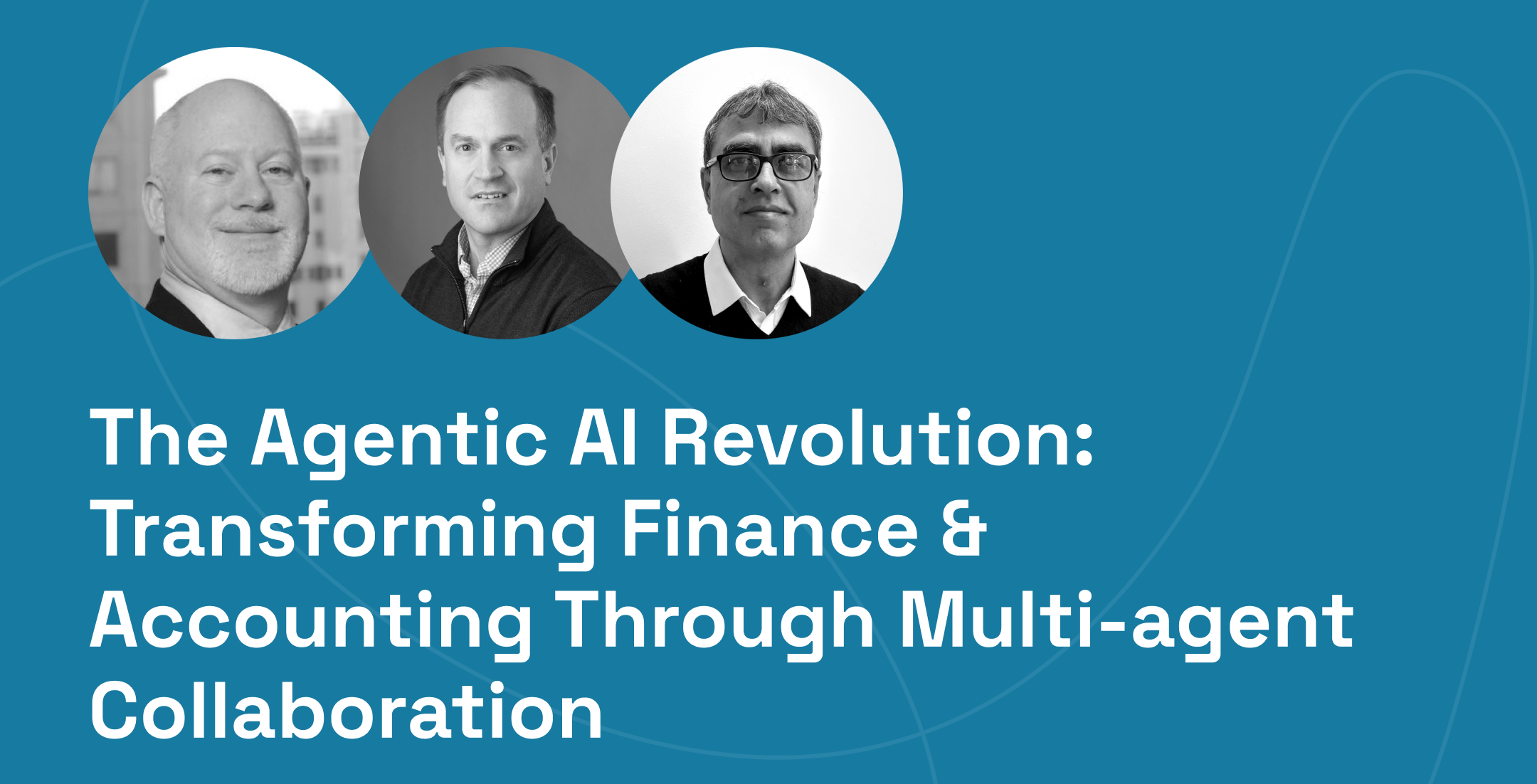-
The Agentic AI Revolution: Transforming Finance & Accounting Through Multi-agent Collaboration

Deepak: Hi, welcome everyone to a panel discussion titled transforming finance and accounting through multi-agent collaboration. My name is Deepak, and John Silverstein, Brian Kalish, and Rajeev Pathak are our panelists. I will moderate and anchor the session. This will be a 60-minute session, including 45 minutes of discussion and a 15-minute Q&A session at…
-
Best Practices for GL Posting
Find out interesting insights with Michael Van Paten,CFO & Strategic Advisor Moderated by Sherry, Financial Technology Consultant at Hyperbots Don’t want to watch a video? Read the interview transcript below. Sherry: Hello, and welcome to all our viewers on CFO Insights. I am Sherry, a financial technology consultant at Hyperbots, and I’m very excited to…
-
Quantifying vendor relationships for optimized payment decisions
Find out interesting insights with Leon Degtar,Managing Consultant, Leon Degtar Consulting Moderated by Sherry, Financial Technology Consultant at Hyperbots Don’t want to watch a video? Read the interview transcript below. Sherry: Hello, and welcome to all our viewers on CFO Insights. I am Sherry, a financial technology consultant at Hyperbots, and I’m very excited to…
-
Rationalizing payment terms across vendors

Find out interesting insights with Claudia Mejia,Managing director, Ikigai Edge. Moderated by Srishti, Digital Transformation Consultant at Hyperbots Don’t want to watch a video? Read the interview transcript below. Srishti: Hello, everyone! My name is Srishti Rajvir, and I am a digital transformation consultant at Hyperbots today. I’m delighted to have Claudia Mejia as my…
-
Leveraging AI to Capture Missed Early Payment Discounts
Find out interesting insights with Shaun Walker, SOX Compliance Manager, Norfolk Southern. Moderated by Sherry, Financial Technology Consultant at Hyperbots Don’t want to watch a video? Read the interview transcript below. Sherry: Hello, and welcome to all our viewers on CFO Insights. I am Sherry, a financial technology consultant at Hyperbots, and I’m very excited…
-
Identifying anomalies in payment terms for the vendors

Find out interesting insights with Jon Naseath, CFO, Cantu Capital Inc Moderated by Srishti, Digital Transformation Consultant at Hyperbots Don’t want to watch a video? Read the interview transcript below. Srishti: Hello, everyone! My name is Srishti Rajvir, and I am a digital transformation consultant at Hyperbots. I’m delighted to have Jon Naseath as my…
-
Day 2: Energy, Insights, and Innovation at ProcureCon Indirect West 2025

ProcureCon Indirect West 2025 is one of the premier events for professionals in procurement, sourcing, and supply chain management. It’s the place where thought leaders, innovators, and key decision-makers come together to discuss the latest trends, tools, and technologies shaping the future of the industry. Day 2 of ProcureCon was nothing short of incredible. The…
-
Optimizing Late Payment Decisions: To Incur Penalties or Not
Find out interesting insights with John Silverstein, VP of FP&A, XR Extreme Reach Moderated by Sherry, Financial Technology Consultant at Hyperbots Don’t want to watch a video? Read the interview transcript below. Sherry: Hello, and welcome to all our viewers on CFO insights. I am Sherry, a financial technology consultant at Hyperbots, and I’m very…
-
Day 1 at ProcureCon Indirect West 2025: A Thrilling Start!

ProcureCon Indirect West 2025 is an event bringing together procurement and finance leaders to explore the latest trends, challenges and innovations in indirect procurement. With a focus on digital transformation, cost optimization and procurement strategies, the event is designed to equip professionals with the tools and insights needed to drive business success. As a sponsor…
-
Managing vendor relationships during cash crunch situations

Find out interesting insights with Claudia Mejia, Managing director, Ikigai Edge Moderated by Srishti, Digital Transformation Consultant at Hyperbots Don’t want to watch a video? Read the interview transcript below. Srishti Rajveer: Hello, everyone! My name is Srishti Rajveer, and I am a digital transformation consultant at Hyperbots today. I’m delighted to have Claudia Mejia…